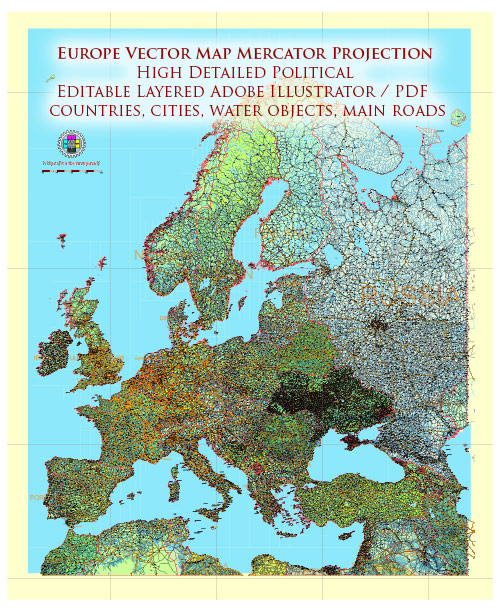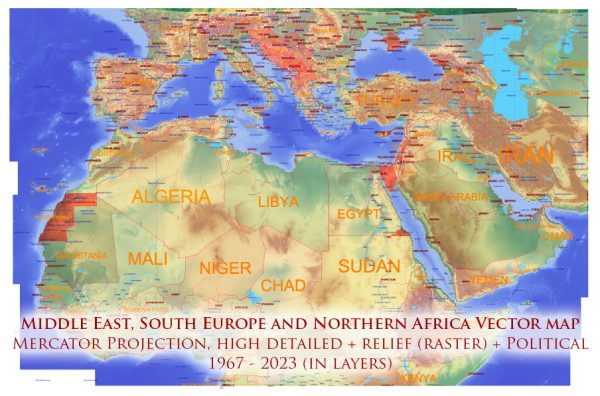The railway system in Europe is one of the most extensive and well-developed in the world, providing efficient and reliable transportation across the continent. Here’s a general description of the European railway system:
- High-speed Rail: Europe is known for its high-speed rail networks, with countries like France, Spain, Germany, Italy, and the United Kingdom operating dedicated high-speed lines. These trains, such as the French TGV, the German ICE, and the Spanish AVE, can reach speeds of over 300 km/h (186 mph) and connect major cities, making it a quick and convenient mode of transportation for both domestic and international travel.
- Extensive Network: Europe’s railway system encompasses a vast network of tracks, with over 200,000 kilometers of rail lines, enabling people to travel across the continent with ease. The railway network covers both urban and rural areas, connecting major cities and smaller towns.
- Interconnected Countries: European countries have invested in cross-border rail connections, making it possible to travel seamlessly between nations. The European Union has promoted interoperability standards to facilitate cross-border rail transport, such as the use of the standard gauge track (1,435 mm) across most of the continent.
- Commuter and Regional Rail: In addition to long-distance and high-speed services, Europe has well-developed commuter and regional rail networks that serve daily commuters and connect suburban areas to major cities. These services are essential for urban transportation and help reduce road congestion.
- Modern Infrastructure: Many European countries have invested in modernizing their railway infrastructure, including electrification, signaling systems, and station facilities. This has improved safety, efficiency, and the overall passenger experience.
- Sustainable Transportation: Rail travel in Europe is often viewed as an environmentally friendly mode of transportation, as it produces lower carbon emissions compared to road and air travel. European governments and railway companies have made efforts to make rail travel even more sustainable through electrification and the use of cleaner energy sources.
- International Connectivity: Europe’s railway system is a hub for international travel, with various international train services connecting cities across different countries. The Eurail and Interrail passes, for instance, offer flexible travel options for tourists to explore multiple European countries by train.
- Freight Transport: The European railway system is not only for passenger travel but also plays a significant role in transporting goods. Rail freight is efficient and cost-effective for moving products across the continent.
- Modern Rolling Stock: European railways use modern and comfortable rolling stock. Trains are equipped with amenities such as Wi-Fi, dining facilities, and comfortable seating, making long-distance travel more enjoyable.
- Ticketing and Booking: Booking and ticketing for European railways have been streamlined with online reservation systems, mobile apps, and multilingual services to cater to travelers from various countries.
Europe’s railway system has greatly contributed to the ease of travel within the continent, reducing the reliance on road and air travel for both passengers and freight. It continues to evolve and expand, with ongoing projects to enhance connectivity and make rail travel more accessible and sustainable.




 Author: Kirill Shrayber, Ph.D.
Author: Kirill Shrayber, Ph.D.